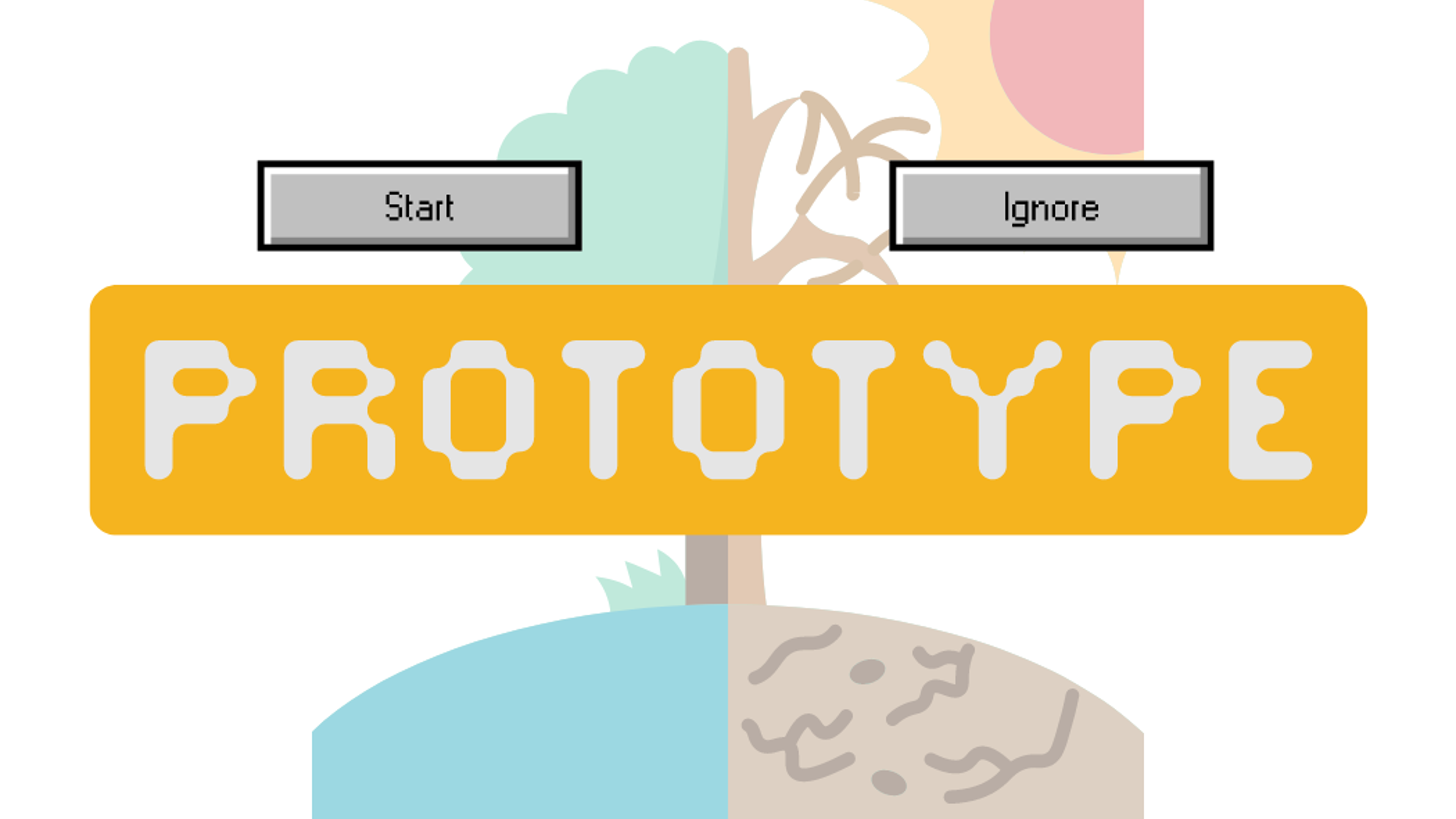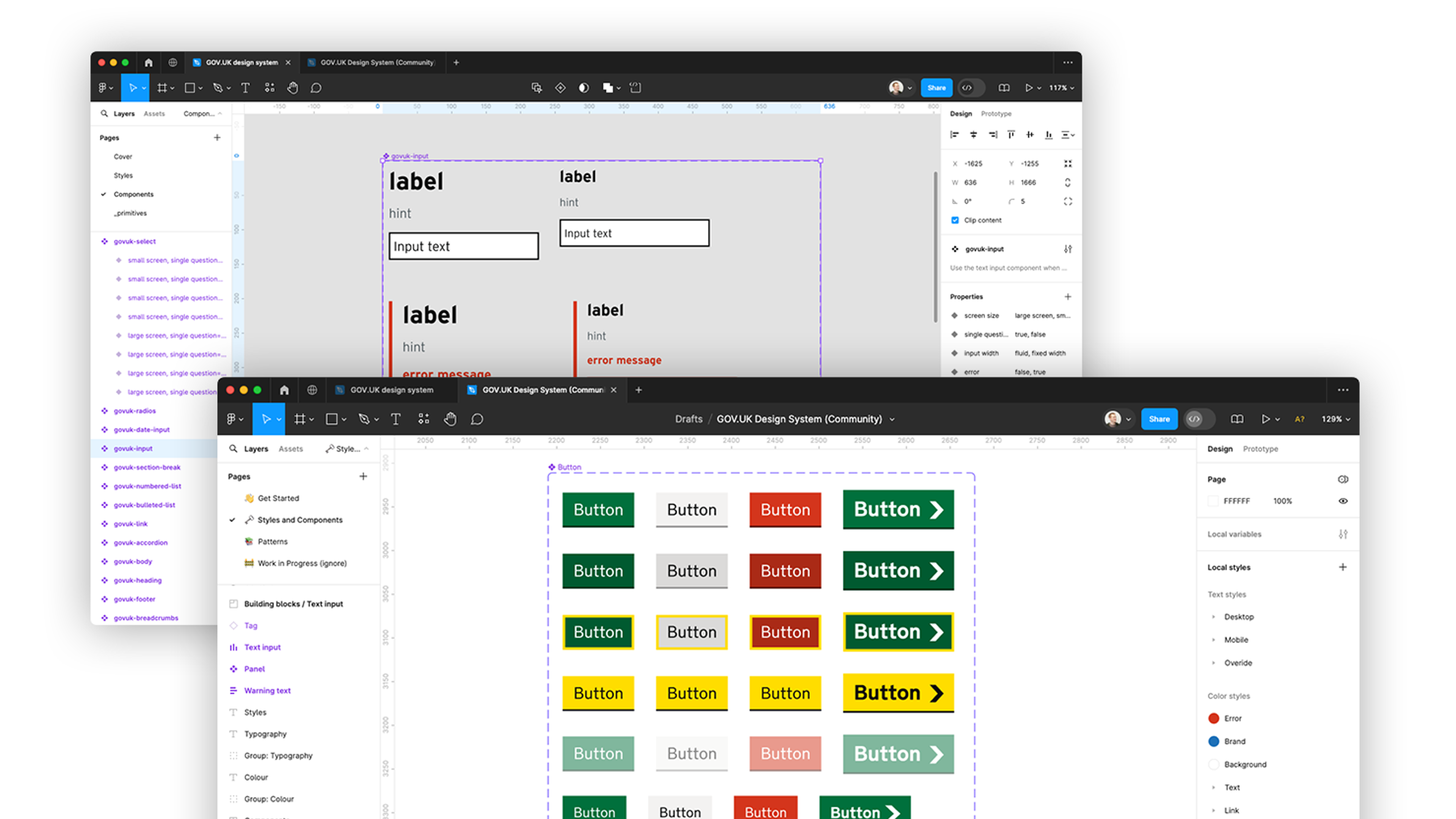Apostrophes: Do You Know the Only Rule?
Type 1s are the creative thinkers in the team
In threes attempt the first exercise
That’s right – neither needs an apostrophe. 1s and threes are simply plurals. So no apostrophe is needed. Perhaps this is a little tricky, because of the question of whether to write out numerals or not, but I can’t help thinking that dealing with apostrophes is really very simple. In fact, it all comes down to just one rule.
So why do so many errors pop up with apostrophes? Why do people begin to sweat and garnish potatoe’s and apple’s with misplaced marks, yet neglect to give its time the necessary stroke? Correct punctuation is vital to credibility, communication, and clarity. Even Seth says so.
Perhaps some unlearning needs to happen. Perhaps if you could let go of the conflicting and confusing clamour in your mind when you’re staring at your words, and start from the beginning, it could be very simple indeed.
After all, there is really only one rule.
But before we get to that, there are basically two times that you should use an apostrophe.
1. Where letters have been removed
Simply put the apostrophe where the missing letters were. For example:
We would = we'd
Cannot = can't
It is = it's
Pick and mix = pick 'n' mix
Violoncello = 'cello
2. To show ownership
Simply add ‘s after the thing that is doing the owning. For example:
The mutt’s nuts (the nuts growing on the mutt)
Portnoy’s Complaint (the complaint held by Portnoy)
New Year’s Eve (the eve of the New Year)
James’s blog (the blog belonging to James)
All the reindeer’s noses (the noses belonging to all the reindeer)
That’s basically it. If everyone remembered those two simple rules, then the vast majority of apostrophe catastrophes would be avoided.
And to avoid the remaining few, just remember these three little exceptions about ownership apostrophes:
Exception 1:
For plurals already ending in -s you won’t need another s:
Ladies’ night (the night for the ladies)
All the cats’ whiskers (the whiskers of all the cats)
Exception 2:
Some ancient names that end in -s that historically do not take the extra s either:
Jesus’ disciples
Isis’ temple
Exception 3:
Hers, its, theirs, yours and ours don’t need apostrophes at all. When something belongs to ‘it’, don’t use an apostrophe:
This city has lost its soul
The umbrella was hers
So where are you going wrong?
Do you still get hot under the collar and start to panic when you’re not sure where the apostrophe goes? Are you getting confused by school rules that were never that clear in the first place?
Or is it simply not the way that you think? I know otherwise perfectly intelligent people who still confuse their left and right. In which case they need a system. Like recalling which hand they write with at the crucial moment.
One of the things that helps me to get apostrophes right is to remember why ‘s became part of our written language in the first place. It all comes down to that first rule.
There is really only one rule
Remember it? “Use an apostrophe where letters have been removed.”
How does that help? Well, back in the 1500s those who were lucky enough to have a go at writing invariably wrote poetry. It was terribly important to get the correct number of syllables in a line (usually 10) and when a line didn’t quite scan the frustrated poets would hack syllables off and replace them with punctuation marks (hello apostrophe) to indicate that the word had been crushed (or elided, to use the proper name).
Escaped (2 syllables) = 'scaped (1 syllable)
They also indicated ownership in language by the use of the pronoun ‘his’, like this:
The Miller his wench (the Miller’s wench)
The sun his course (the sun’s course)
One famous, and beautiful, example is the line from Ben Johnson’s poem, written on the death of his seven-year-old son:
Ben Johnson his best piece of poetry
We would now say ‘Ben Johnson’s best piece of poetry’. He’s talking about his son. In this line, and to great effect, he has landed his 10 syllables. But look what Johnson had to do three lines previous:
To have so soon ‘scaped world’s and flesh’s rage
The three apostrophes replace the missing letters so that the line is squeezed down to the correct number of syllables. Otherwise the full line would have been:
To have so soon escaped world his and flesh his rage
Can you see now where our apostrophe usage came from? It simply replaced the missing letters. We no longer say ‘McDonald his restaurant’ but we do have the linguistic hangover in saying ‘McDonald’s restaurant’. Whenever we use an apostrophe to show ownership, we are reverting to the old construction of ‘his’ after the thing doing the owning.
This makes barely any sense when the thing doing the owning is female or inanimate or plural, but hey, that’s where it comes from.
Originally published on SmyWord.com
Want more tips on digital product development from people at the cutting edge? Follow Fluent on LinkedIn and keep learning
Ready to solve your problems?
We'll help meet the challenges facing your growing business. Get in touch and tell us what you need, the team can't wait to hear from you.
Contact us![2295X1200 Social Media [ All ] 01](https://fluent-umbraco-hwduaufvc9h8gbad.uksouth-01.azurewebsites.net/media/scujluzj/2295x1200-social-media-all-01.jpg?width=3840&height=2160&quality=70&format=Webp)

